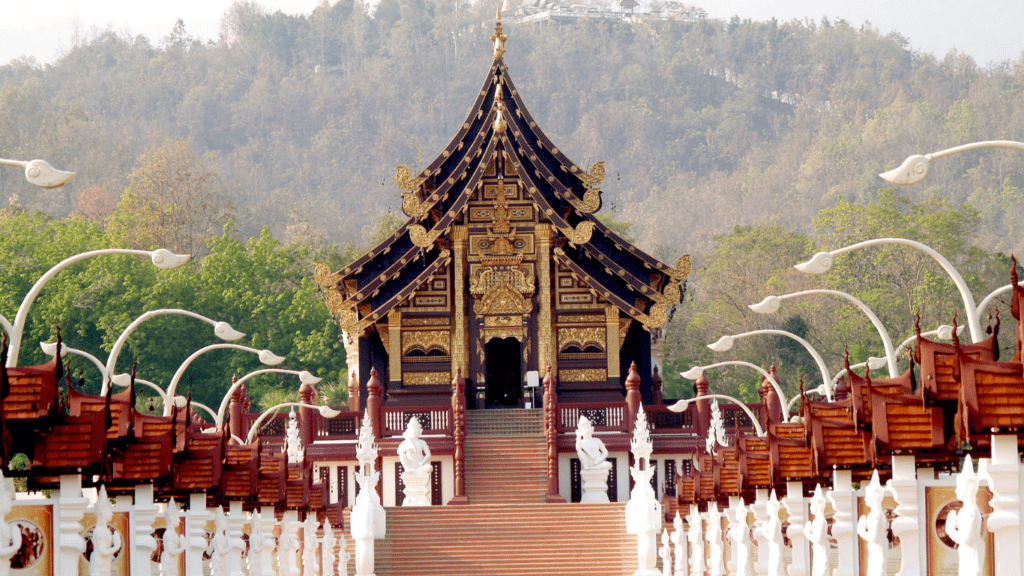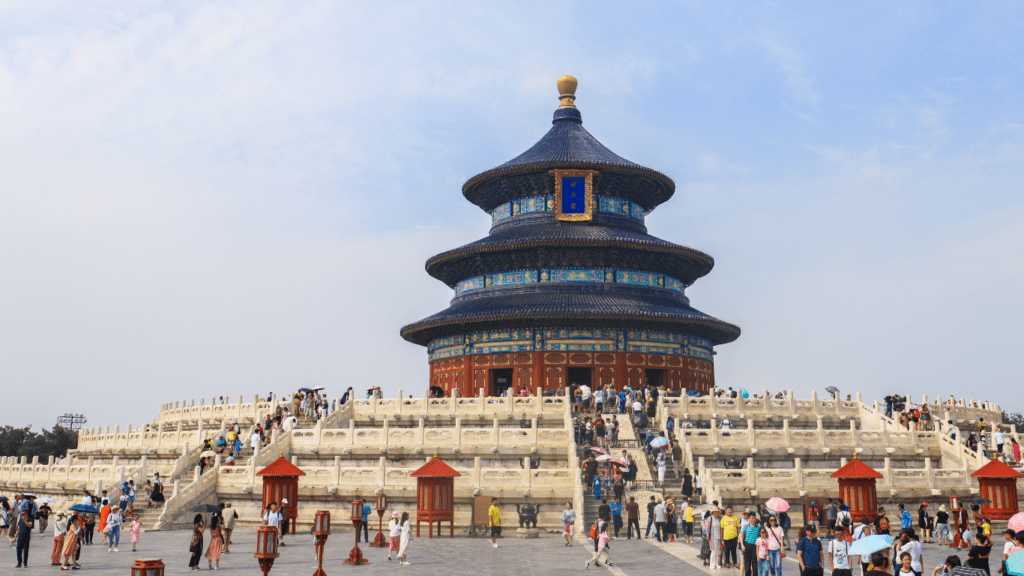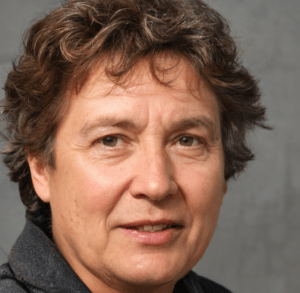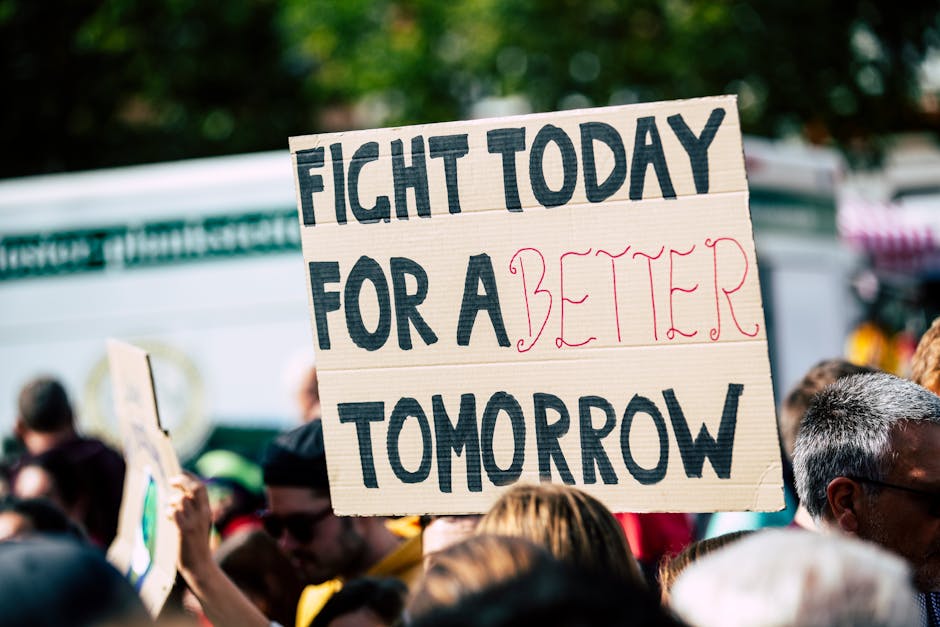Overview of the Cultural Heritage Site Restoration Project
The Cultural Heritage Site Restoration Project aims to breathe new life into historically significant sites.
This project not only preserves physical structures but also revitalizes the narratives tied to these cultural landmarks.
Historical Significance of the Site
The project targets sites with profound historical importance, such as ancient ruins, monuments, and traditional buildings. Many of these sites have endured for centuries, representing diverse eras and civilizations.
For instance, preserving a centuries-old temple can reveal insights into ancient architectural techniques, religious practices, and societal norms.
These sites often serve as educational resources, providing tangible connections to past cultures and epochs.
Goals of the Restoration Project
The project has several key objectives:
- Preservation: Ensure the physical integrity of structures by using advanced restoration techniques and materials.
- Cultural Revival: Revive traditional practices and rituals associated with the sites to foster community engagement.
- Education: Develop educational programs and materials to promote awareness and appreciation of cultural heritage.
- Tourism: Enhance the visitor experience by improving site accessibility and amenities.
These goals support a holistic approach, ensuring that restored sites remain vibrant cultural hubs.
Challenges Faced in Cultural Heritage Restoration

Restoring cultural heritage sites involves multifaceted challenges that can impact progress and outcomes. Here are key issues under consideration:
Environmental Considerations
Environmental factors often pose significant challenges. Weathering, erosion, and natural disasters can damage structures. For example, floods may weaken foundations.
Pollution accelerates the decay of materials. Controlling environmental impacts while restoring can demand substantial resources. Balancing preservation with environmental protection is vital.
Political and Social Obstacles
Political instability and social conflicts can hinder restoration efforts. Regions with ongoing conflicts may struggle with securing sites.
Approval processes may stall due to bureaucratic red tape. Community engagement is crucial—if local populations oppose restoration, projects may face resistance.
Ensuring alignment with local interests and securing political support is essential for progress.
These challenges require strategic planning and collaboration across various stakeholders to ensure successful restoration of cultural heritage sites.
Technologies and Techniques Employed
The Cultural Heritage Site Restoration Project incorporates various advanced technologies and techniques to preserve and restore historically significant sites.
These innovative approaches ensure the longevity and authenticity of cultural heritage while tackling challenges effectively.
Advanced Preservation Methods
- Digital Documentation: 3D scanning and photogrammetry create precise digital replicas. These tools help in planning and executing restoration with accuracy.
Examples include the detailed scans of ancient sculptures and reliefs.
- Laser Cleaning: Non-invasive laser cleaning removes grime and biological growth. This method preserves the integrity of the original materials.
For instance, laser cleaning has been effective in restoring facades of medieval buildings.
- Nanomaterials: Nanomaterials like nano-lime improve the consolidation of weakened structures.
These materials penetrate deeply and strengthen the original fabric. They’ve been used successfully in porous limestone structures.
Innovations in Restoration Engineering
Structural Health Monitoring: Sensors monitor structural health in real-time.
Using such technologies prevents potential damage. Examples include monitoring the stability of ancient towers and bridges.
Augmented Reality (AR): AR assists conservators by visualizing restoration processes.
This helps in precise application techniques and historical accuracy. For example, AR has been used to reconstruct ruins virtually.
3D Printing: 3D printing produces replicas of missing artifacts and architectural elements.
This technique ensures that missing parts can be accurately recreated and reinstalled. Functional examples include the reconstruction of damaged statues and decorative elements.
The integration of these technologies and techniques not only preserves cultural heritage but also enhances the effectiveness of restoration projects, ensuring these sites continue to educate and inspire future generations.
Impact on Local Communities
Restoring cultural heritage sites generates significant benefits for local communities, offering both economic and educational advantages.
Economic Benefits
Revitalizing heritage sites boosts local economies. Job creation increases as restoration projects require skilled labor, such as architects, artisans, and construction workers.
Local businesses, including;
- restaurants
- hotels
- shops
see more customers as tourism grows. Studies show that heritage tourism attracts high-spending visitors, directly impacting revenue.
For example, the restoration project in Valletta, Malta, increased tourist numbers by 23% within the first year, benefiting nearby businesses.
Cultural Awareness and Education
Communities gain from enhanced cultural awareness. Restoration projects provide educational opportunities, turning historical sites into living classrooms.
Schools and universities can use these sites for history and archaeology lessons, making learning more engaging. Interactive exhibits and guided tours help residents and visitors understand cultural heritage.
In addition, augmented reality (AR) technologies introduce immersive experiences, like archaeologically accurate reconstructions of ancient buildings, deepening knowledge.
Engaging with history in this way fosters pride and a sense of identity, ensuring cultural preservation for future generations.


 is the founder of Luck Lounge Land, a platform dedicated to gambling and game theory. Raised in Ironton, Ohio, Ronaldie studied Business Administration and Information Technology at Ohio University. Inspired by a summer internship at a Las Vegas casino, he created Luck Lounge Land to blend his expertise in business and gaming. His website offers news, insights, and interactive features for gambling enthusiasts worldwide.
Ronaldie's innovative approach has made Luck Lounge Land a popular resource for gamblers. He frequently shares his knowledge through articles and webinars. His passion for educating others is evident in the site's 'Game Theory Academy.' Ronaldie's commitment to quality content has attracted a loyal following. He continuously seeks ways to enhance the user experience. Outside of his work, Ronaldie enjoys exploring new casino trends and technologies.
is the founder of Luck Lounge Land, a platform dedicated to gambling and game theory. Raised in Ironton, Ohio, Ronaldie studied Business Administration and Information Technology at Ohio University. Inspired by a summer internship at a Las Vegas casino, he created Luck Lounge Land to blend his expertise in business and gaming. His website offers news, insights, and interactive features for gambling enthusiasts worldwide.
Ronaldie's innovative approach has made Luck Lounge Land a popular resource for gamblers. He frequently shares his knowledge through articles and webinars. His passion for educating others is evident in the site's 'Game Theory Academy.' Ronaldie's commitment to quality content has attracted a loyal following. He continuously seeks ways to enhance the user experience. Outside of his work, Ronaldie enjoys exploring new casino trends and technologies.
